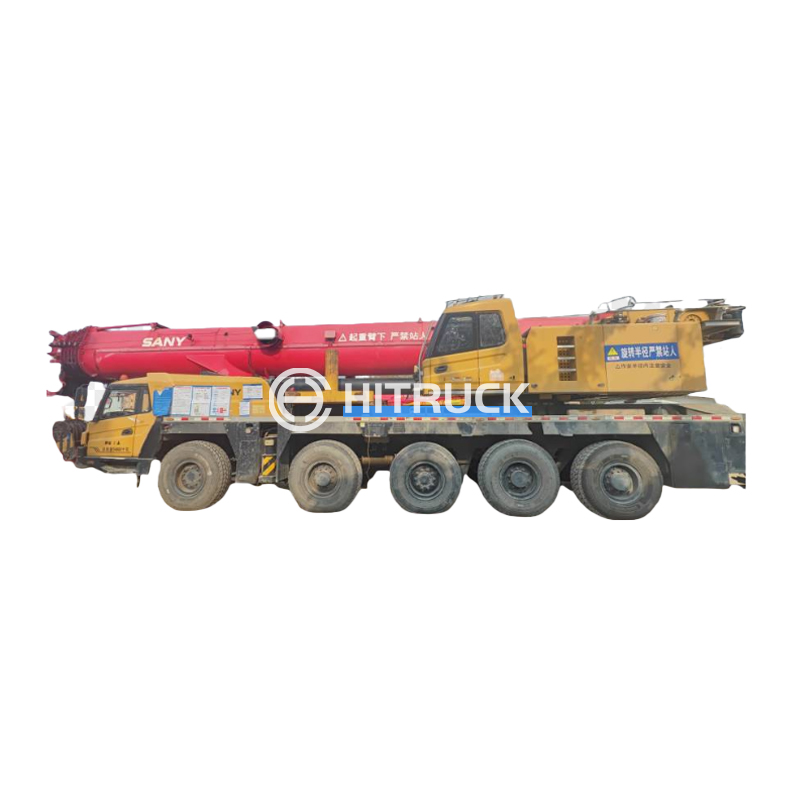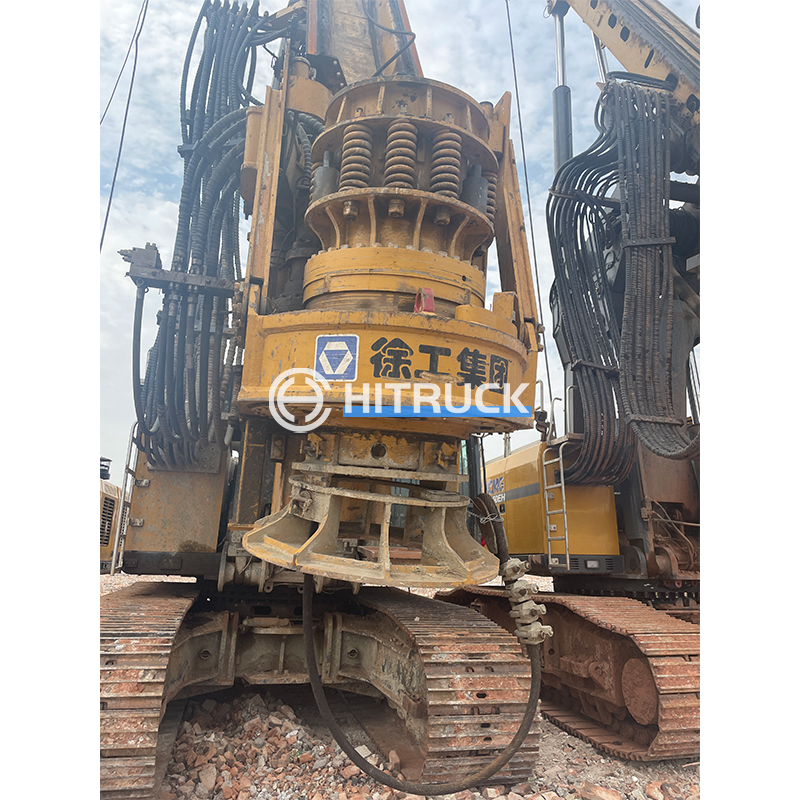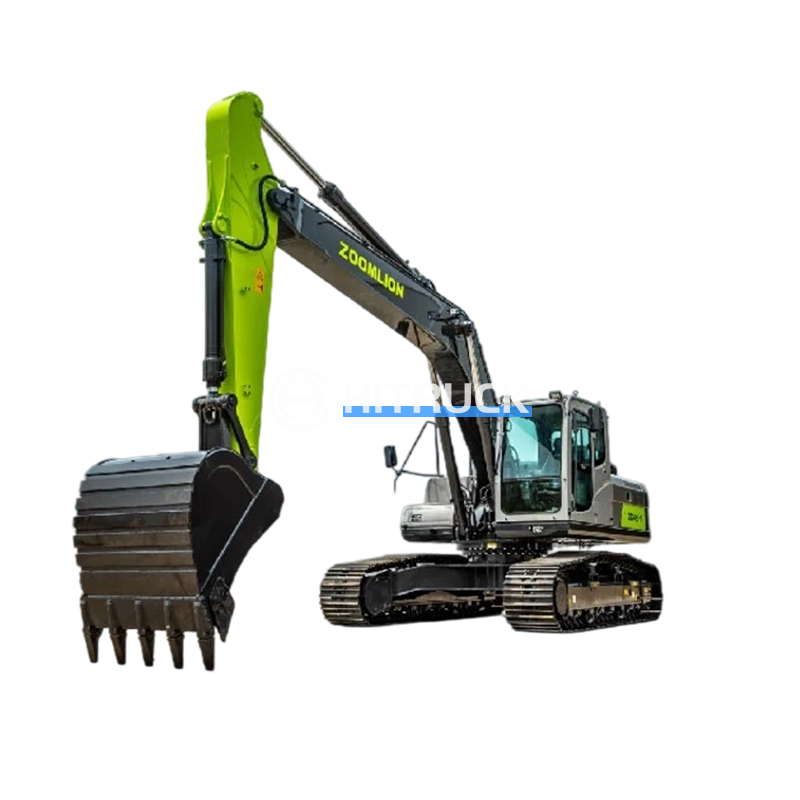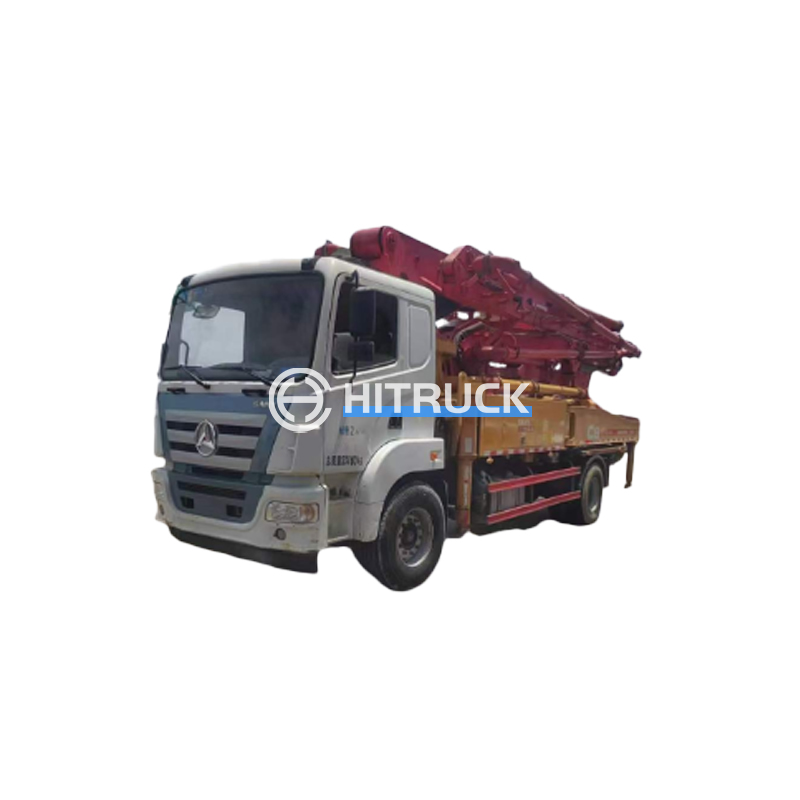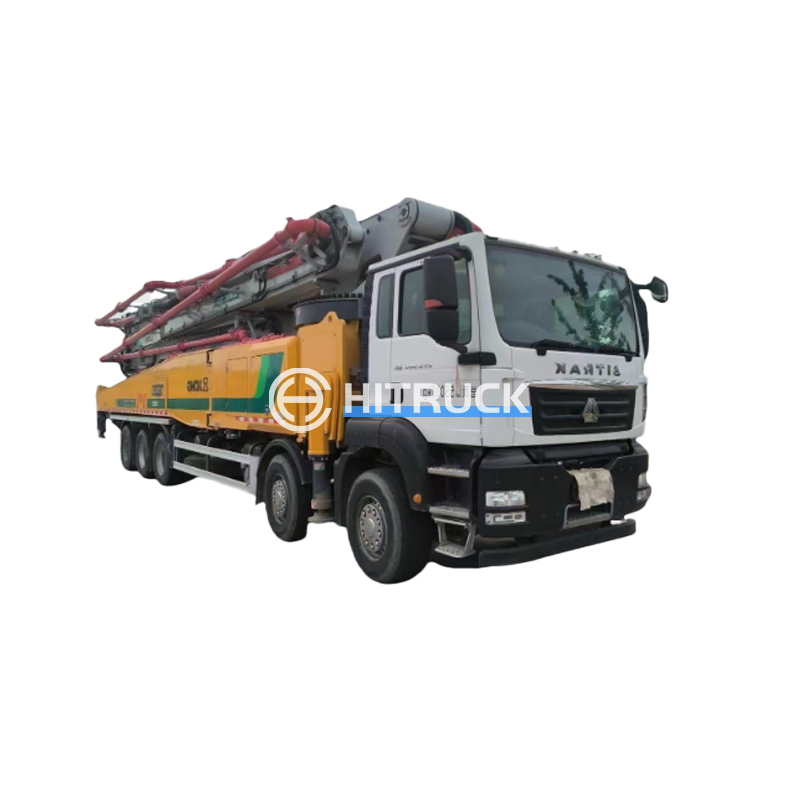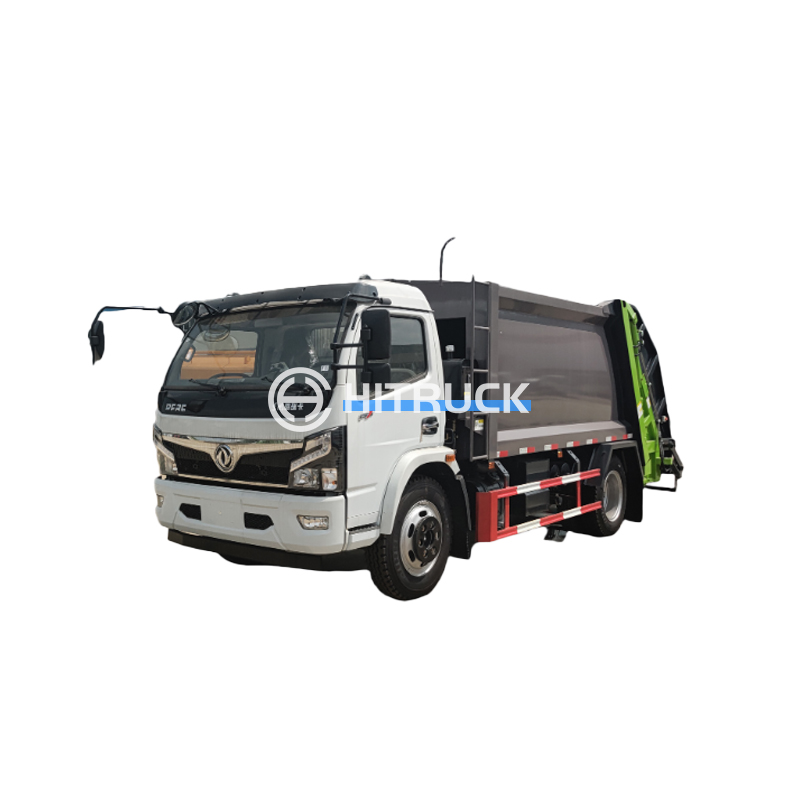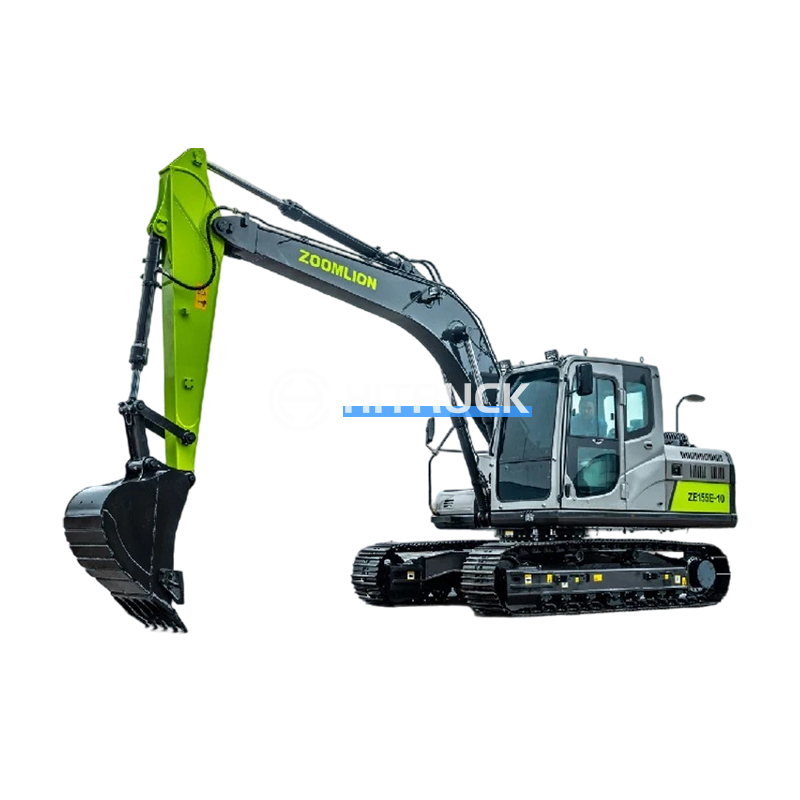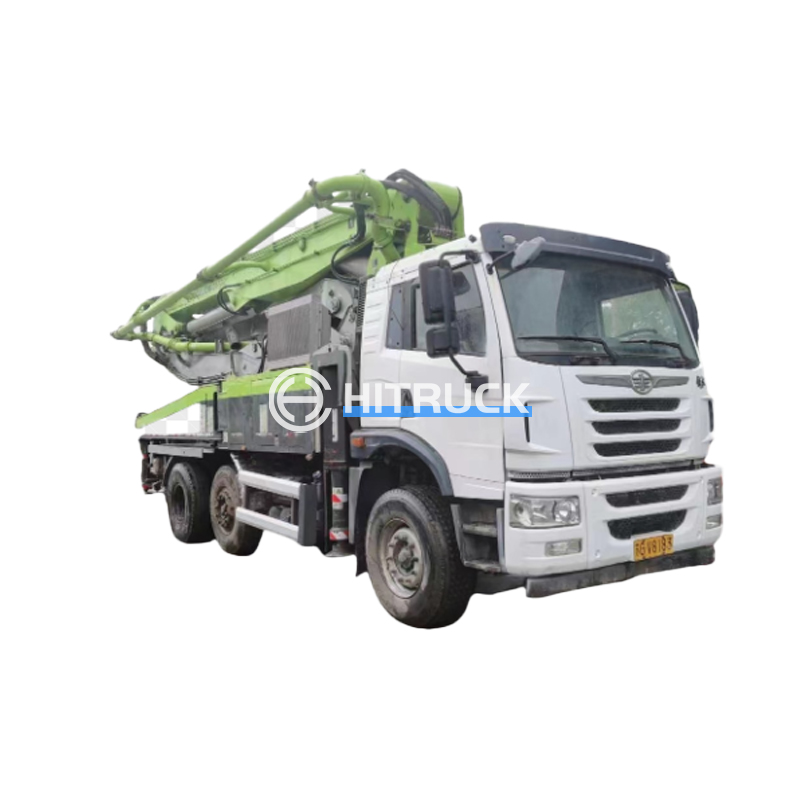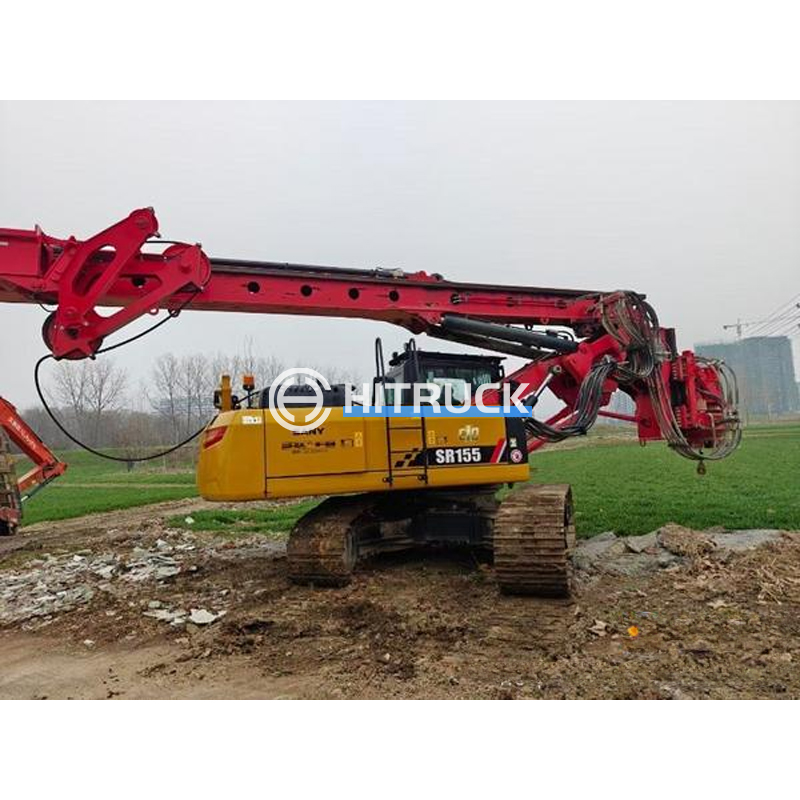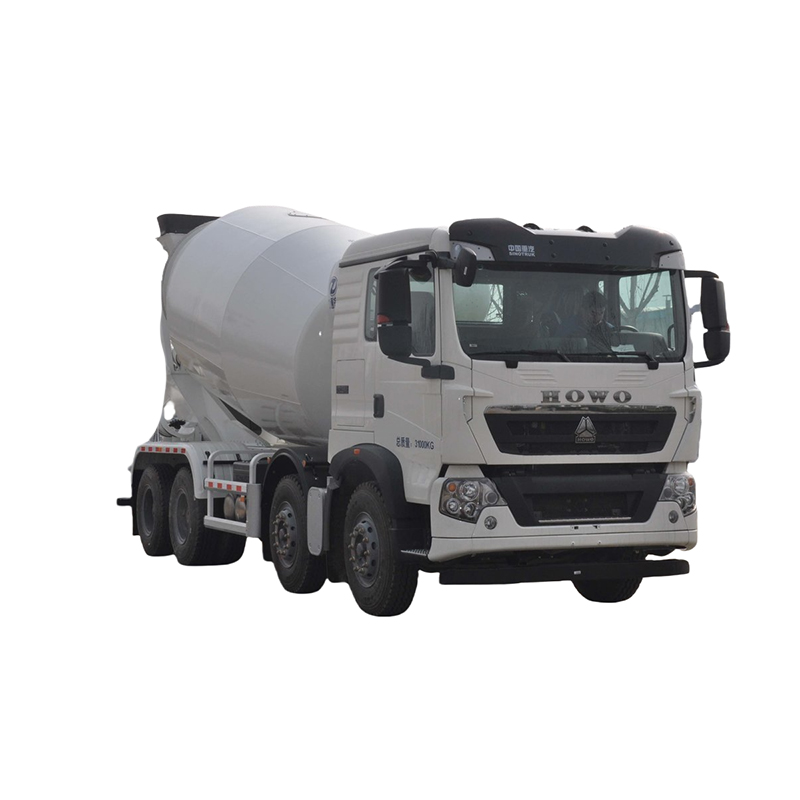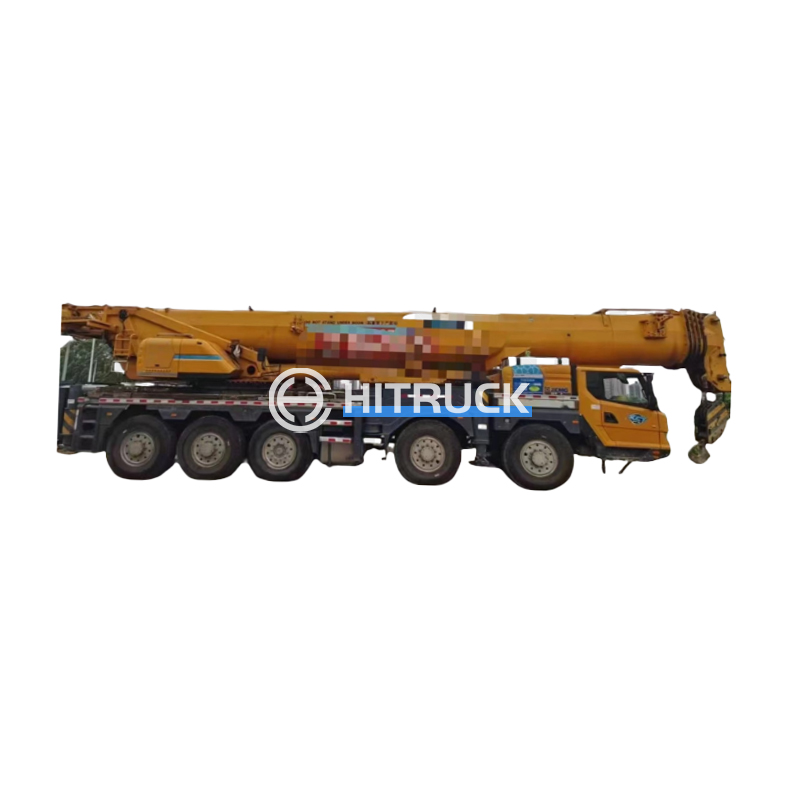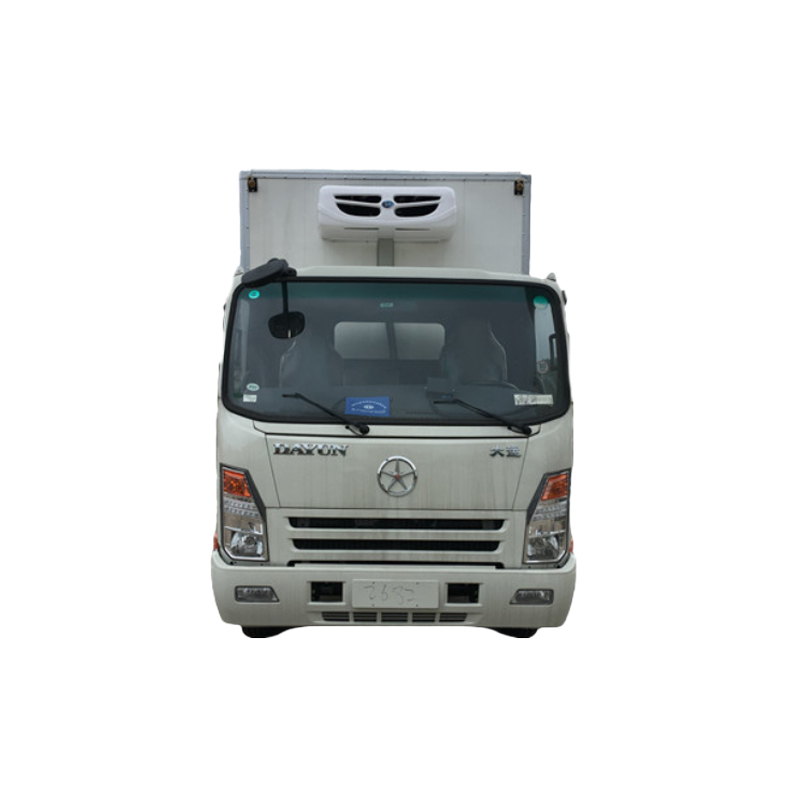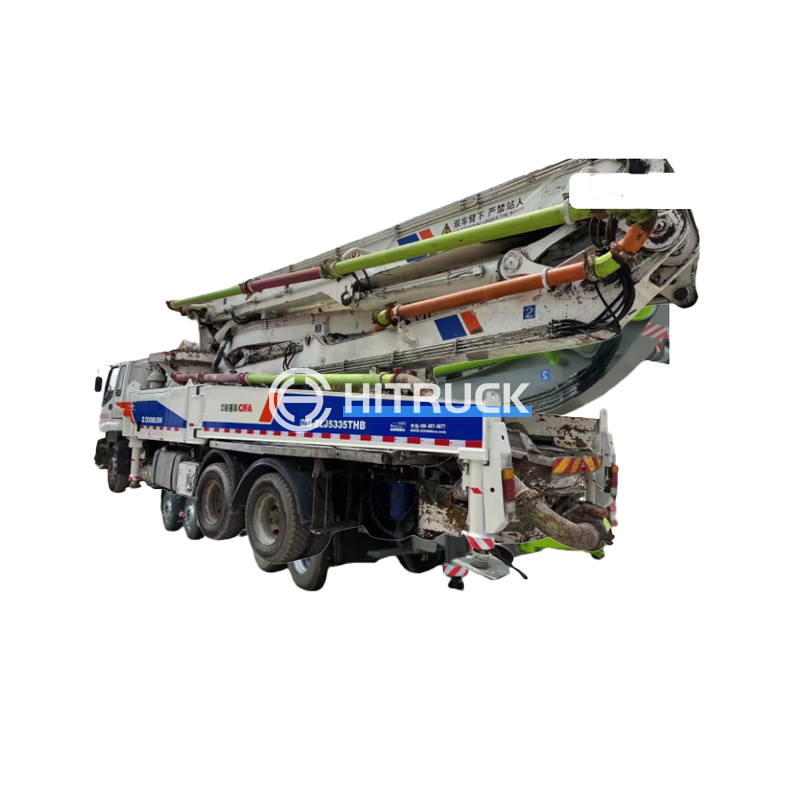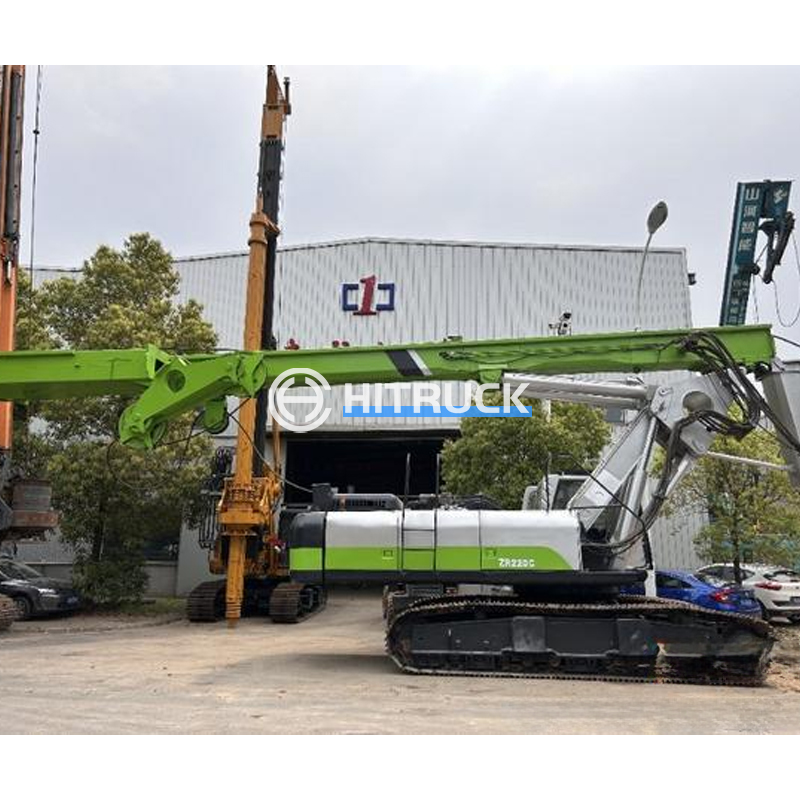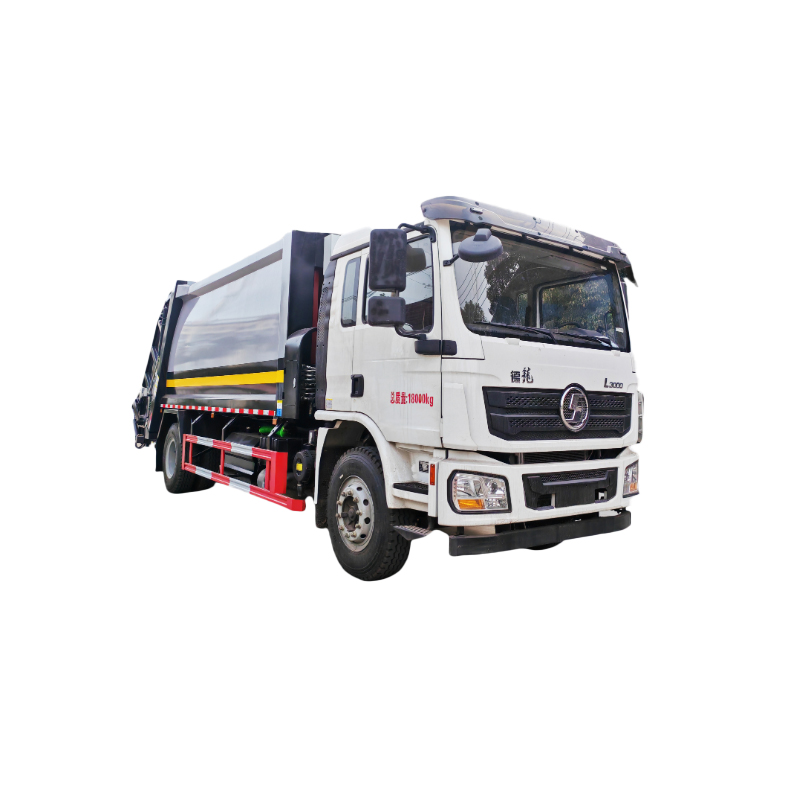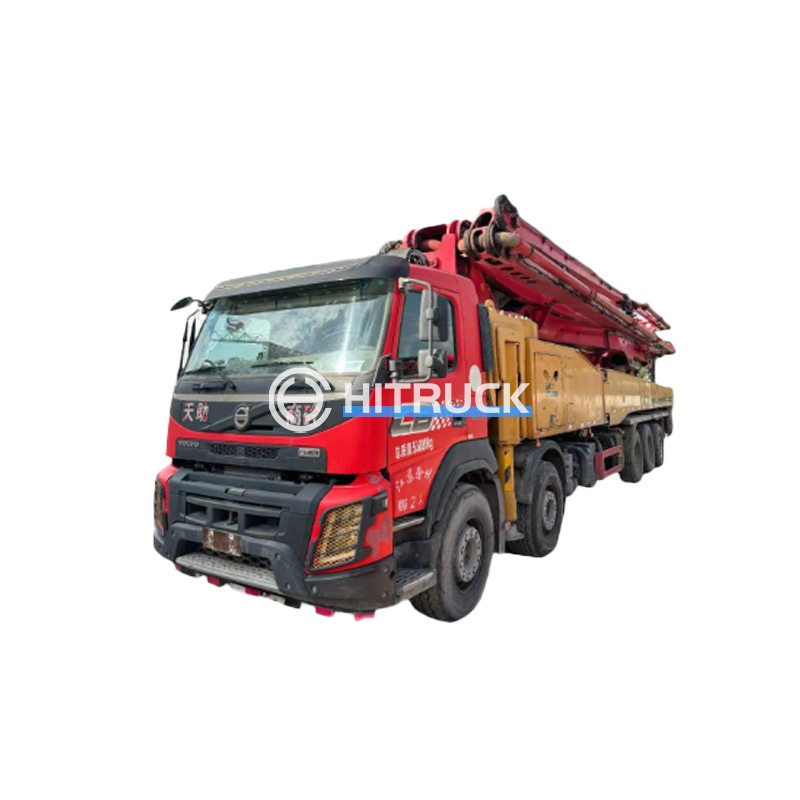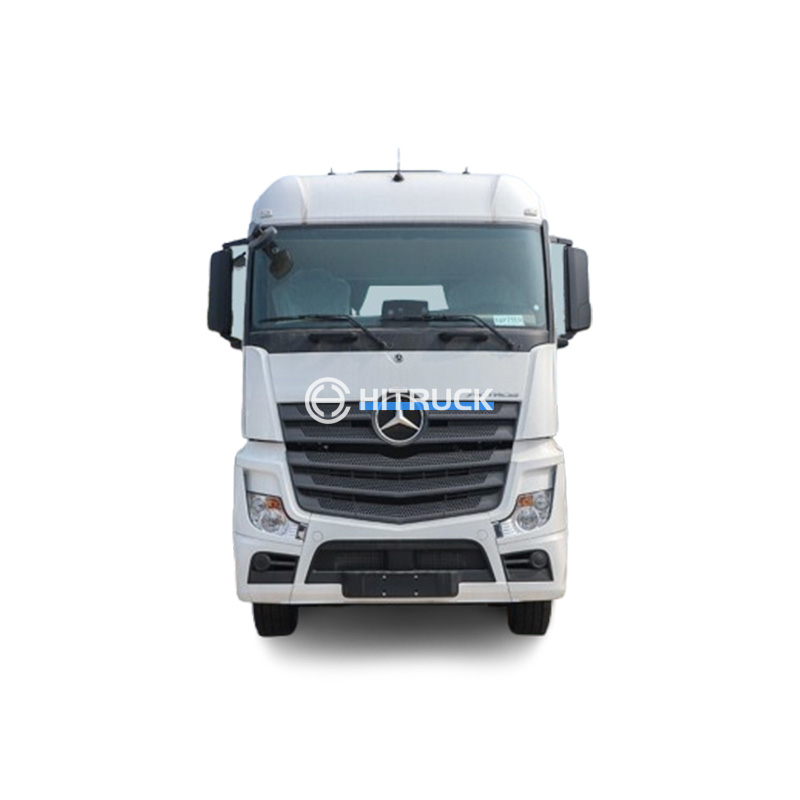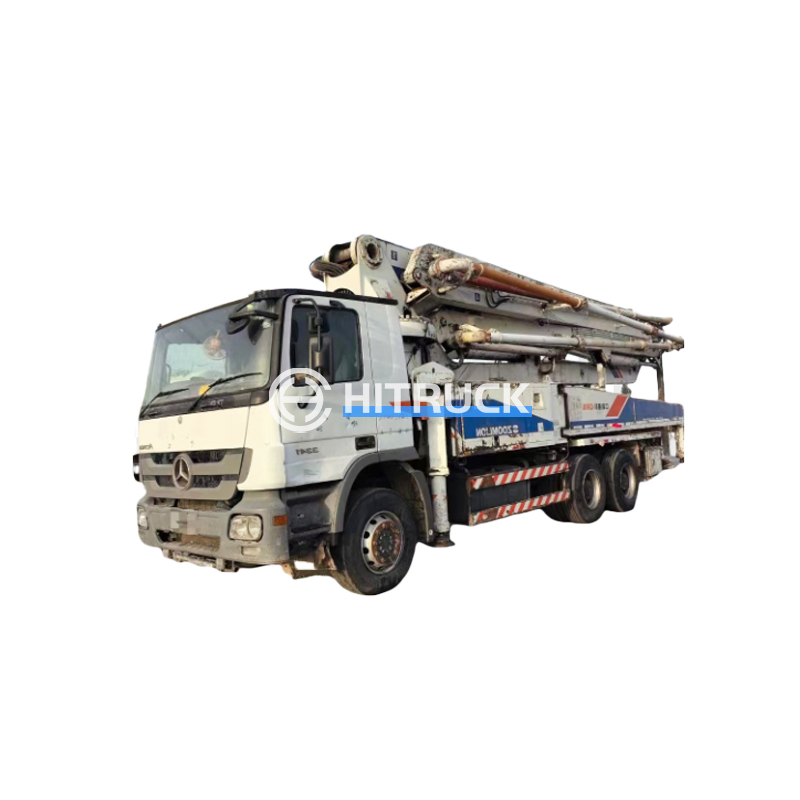Understanding and Utilizing Truck Crane Lifts
This comprehensive guide explores the world of truck crane lifts, covering their types, applications, safety considerations, and selection criteria. Learn how to choose the right truck crane lift for your specific needs and ensure safe and efficient operation. We'll delve into the technical aspects, practical applications, and best practices for maximizing the performance of your truck crane lift equipment. Whether you're a seasoned professional or just starting to learn about these powerful machines, this guide provides valuable insights to enhance your knowledge and improve your work processes.
Types of Truck Crane Lifts
Hydraulic Truck Cranes
Hydraulic truck crane lifts are commonly used for their versatility and ease of operation. They utilize hydraulic cylinders to lift and maneuver heavy loads. These cranes are available in a wide range of capacities and boom lengths, making them suitable for a variety of applications. The efficiency of hydraulic systems contributes to smooth lifting and precise load placement. Maintenance is generally straightforward, although regular checks are essential for safety.
Knuckle Boom Truck Cranes
Knuckle boom truck crane lifts, characterized by their articulated boom, offer exceptional maneuverability in tight spaces. The multiple segments of the boom allow for precise placement of loads even in confined areas, making them ideal for urban settings and construction projects with limited access. However, they generally have lower lifting capacities compared to telescopic boom cranes. Choosing between hydraulic and knuckle boom depends largely on the job site's constraints and lifting requirements.
Telescopic Boom Truck Cranes
Telescopic boom truck crane lifts are known for their high lifting capacity and reach. They feature a single boom that extends and retracts to reach various heights and distances. This design is suitable for lifting heavy loads over longer distances, often preferred in larger construction projects or industrial settings. These are typically more robust and capable of handling heavier equipment than knuckle boom variants.
Selecting the Right Truck Crane Lift
Choosing the appropriate truck crane lift depends on several crucial factors:
- Lifting Capacity: Determine the maximum weight you need to lift.
- Reach and Height: Consider the required horizontal and vertical distances.
- Job Site Conditions: Assess the space available and ground stability.
- Frequency of Use: This impacts the need for advanced features and maintenance schedules.
- Budget: Prices vary significantly depending on features and capacity.
Safety Considerations
Safety is paramount when operating truck crane lifts. Always adhere to manufacturer guidelines, conduct regular inspections, and ensure proper training for operators. Using appropriate load securing techniques is critical to prevent accidents. It is also vital to understand local regulations and permit requirements for truck crane lift operation.
Maintenance and Inspection
Regular maintenance is key to the longevity and safe operation of your truck crane lift. This includes regular inspections of hydraulic systems, boom components, and safety features. Proper lubrication and timely replacement of worn parts are essential to prevent malfunctions and ensure safe operation. Refer to your specific truck crane lift's manual for detailed maintenance instructions.
Finding Reliable Truck Crane Lift Suppliers
For your truck crane lift needs, consider reputable suppliers who offer quality products, reliable service, and competitive pricing. One such supplier you may wish to explore is Suizhou Haicang Automobile sales Co., LTD (https://www.hitruckmall.com/). They offer a wide range of heavy-duty equipment and provide valuable support to their clients. Remember to always thoroughly research any supplier before making a purchase.
Truck Crane Lift Applications
Truck crane lifts are extensively used in various industries, including construction, logistics, and industrial maintenance. Their applications range from lifting heavy construction materials to moving large machinery components and transporting oversized loads. Their versatility makes them an essential tool in many sectors.
| Type of Truck Crane | Typical Applications |
| Hydraulic Truck Cranes | Construction, general lifting, material handling |
| Knuckle Boom Truck Cranes | Tight spaces, urban areas, confined construction sites |
| Telescopic Boom Truck Cranes | Heavy lifting, large construction projects, industrial settings |
This guide provides a general overview. Always consult with qualified professionals and adhere to safety regulations before using any truck crane lift equipment.


